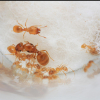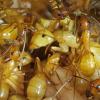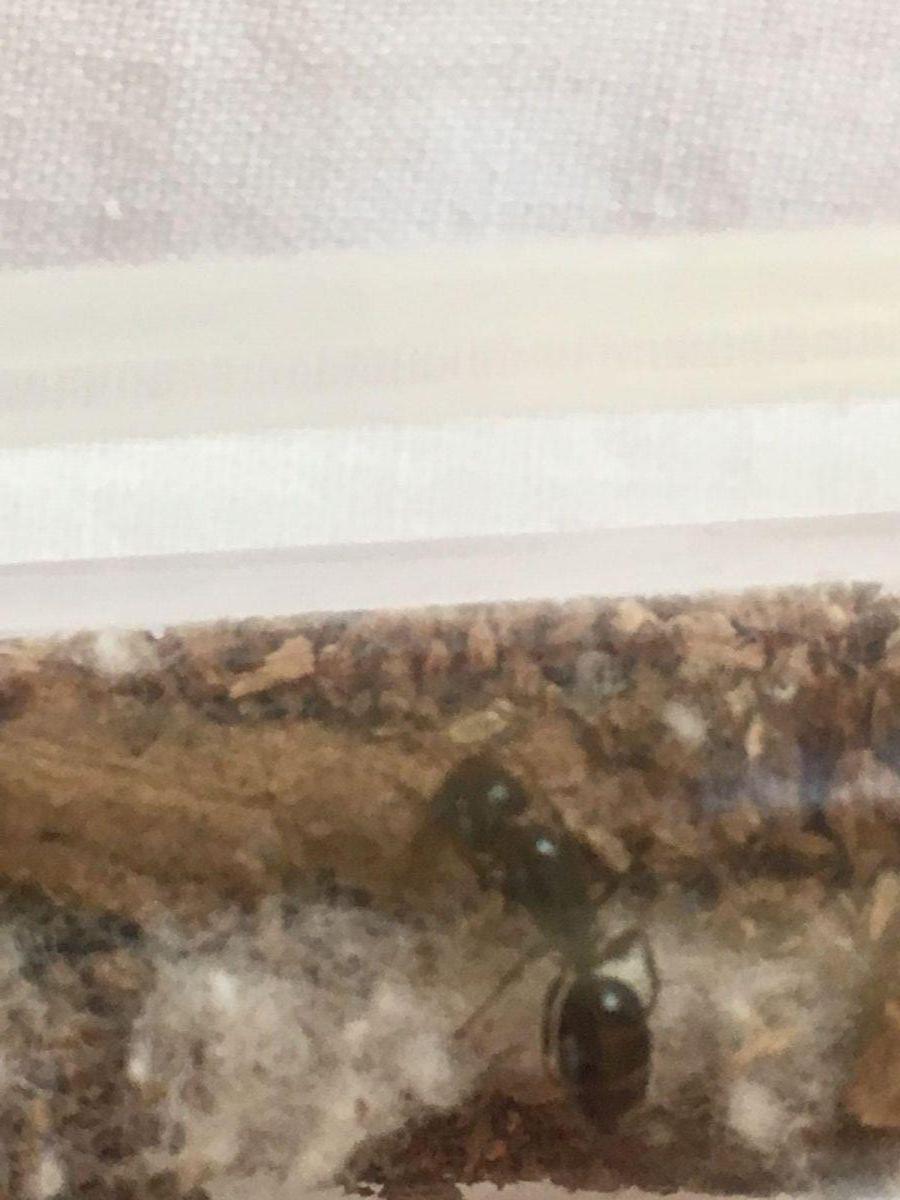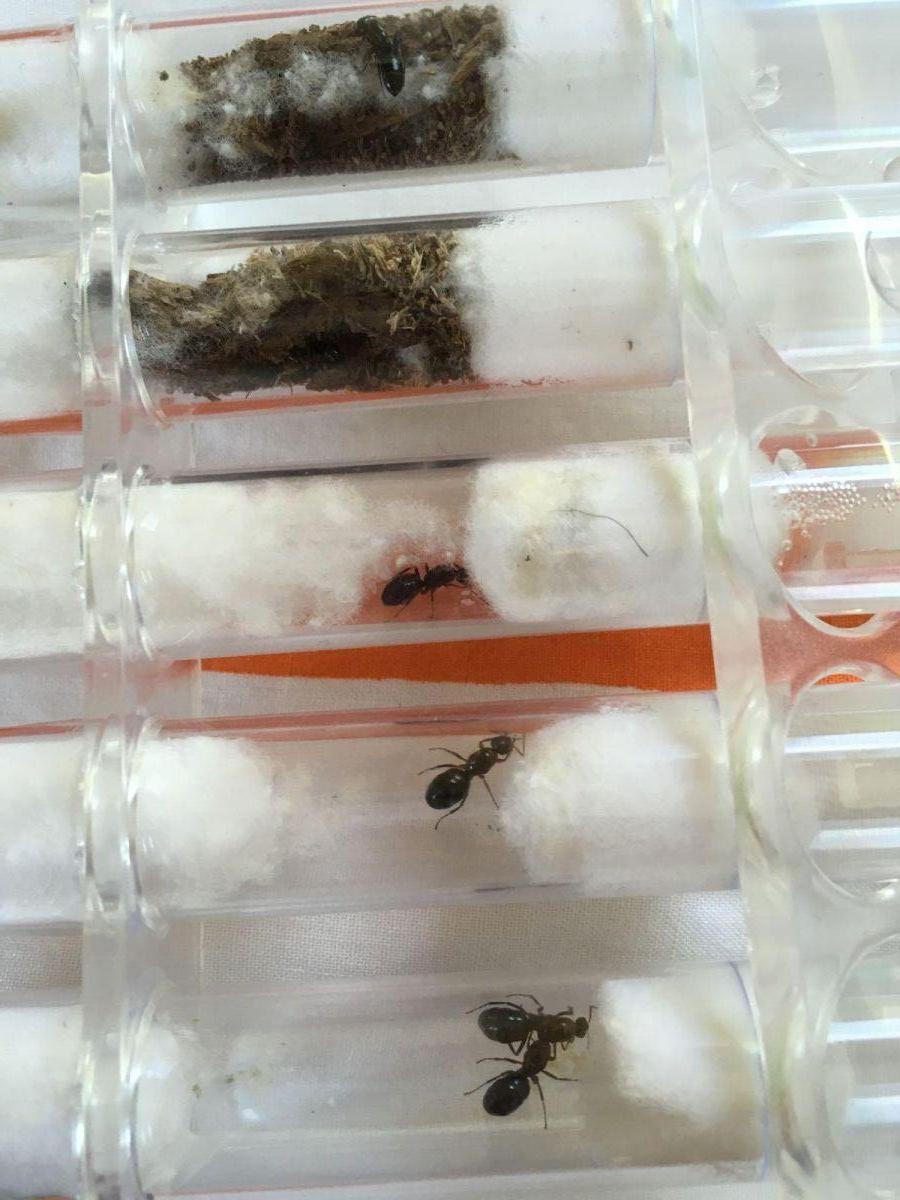Over the past two days I have caught two Camponotus nearcticus queens at my local park. One queen does have a bit more red, but otherwise they are identical. Currently, they reside in test tube setups filled with wood chips, for comfort. The black queen was cleaning her gaster earlier, which if I remember correctly is a sign of fertility. I know this is a seldom kept species, so I'm not really sure if they do well in captivity, or if their care is anything special.
- Formiculture.com
- Forums
- Gallery
- Members
- Member Map
- Chat





























